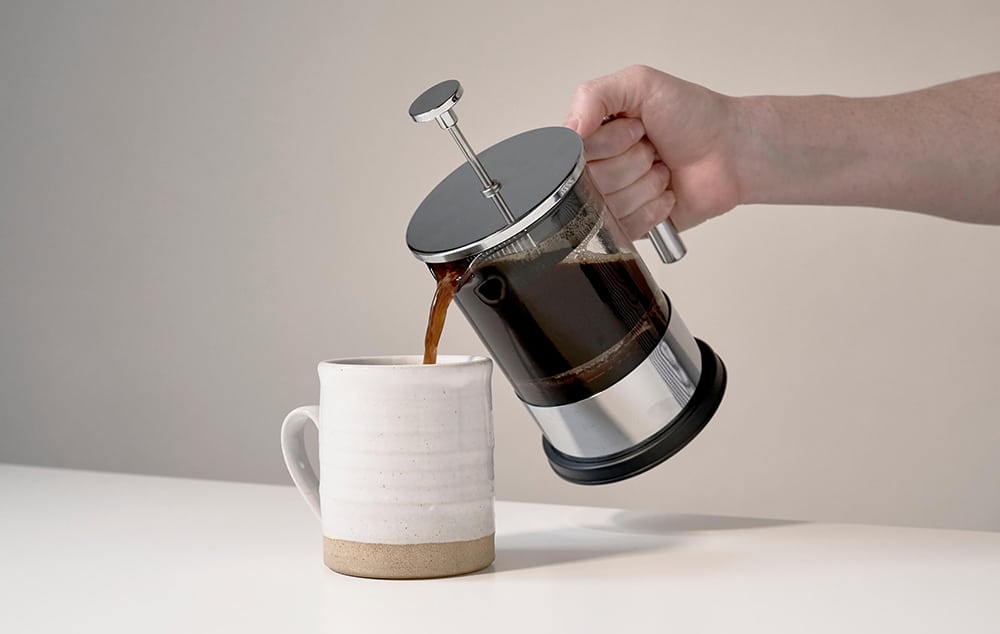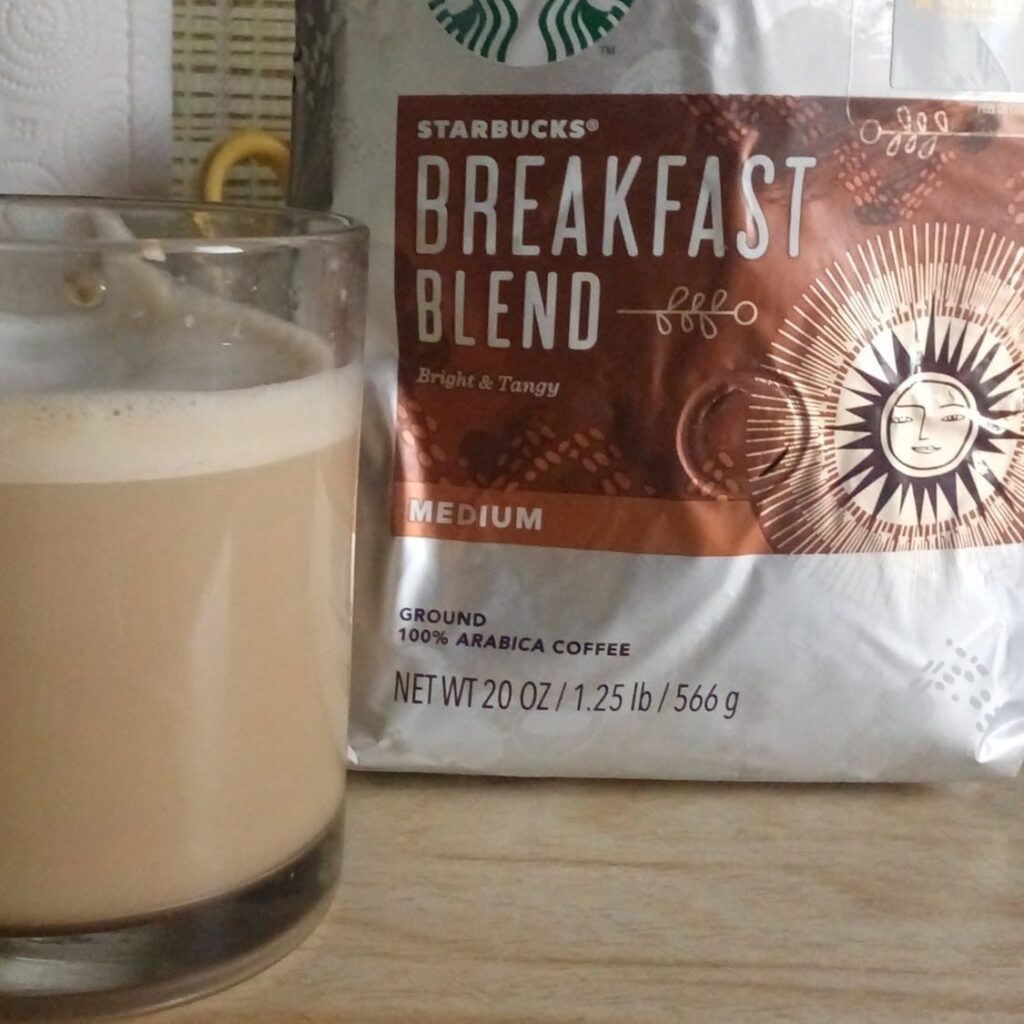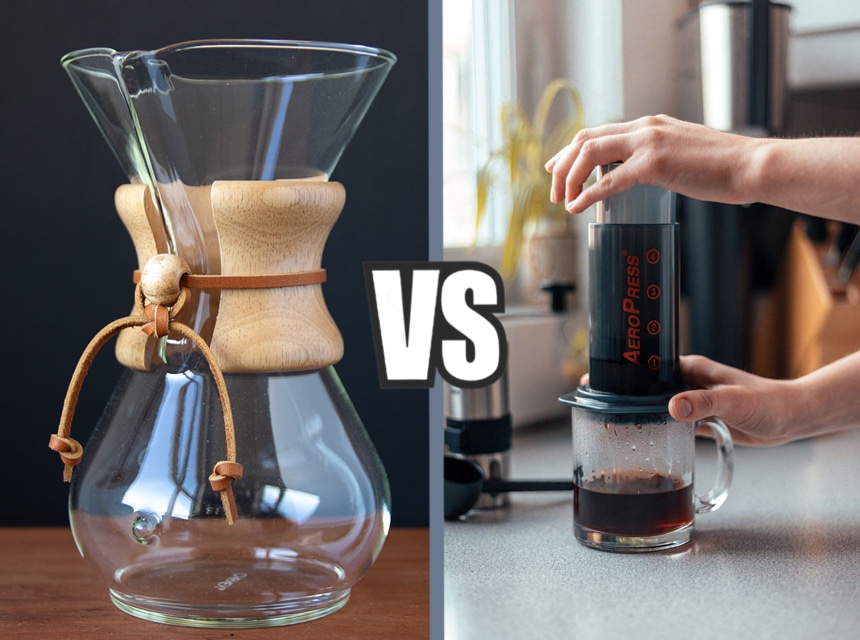

There are a ton of different coffee-related items you can use to make the perfect brewed beverage. These include double-walled cups coffee mugs to retain the heat, reusable coffee filters to reduce waste, and even coffee scales for precise grind measurements. Of course, these products don’t ensure a delicious cup of coffee, which is where a coffee refractometer comes in.
These tools are popular in specialty coffee houses and cafes to ensure the tastiest brews possible but are becoming more common in homes as well. This is because they tell you the exact quality of your coffee before you even taste it. It can also show you what adjustments are needed to improve the coffee’s flavor. If you’re interested in what a coffee refractometer is and how it works, check out the following sections for more information.
Refraction Trusted Source What is a Refractometer & How Does it Work - Cole-Parmer A refractometer is a simple instrument used for measuring concentrations of aqueous solutions. Read more in this informative article from Cole-Parmer. www.coleparmer.com is the term used to describe the way light changes direction when it enters a liquid. Refractometers are the tools used to measure the degree of this direction change, also referred to as the angle of refraction. These tools are used in a variety of industries, including chemical, food, manufacturing, and agricultural, but they are also becoming more popular for home use, especially for those trying to brew the perfect cup of coffee.
TDS Trusted Source Total dissolved solids - Wikipedia Total dissolved solids (TDS) is a measure of the dissolved combined content of all inorganic and organic substances present in a liquid in molecular, ionized, or micro-granular (colloidal sol) suspended form. TDS concentrations are often reported in parts per million (ppm). Water TDS concentrations can be determined using a digital meter. en.wikipedia.org is the acronym for Total Dissolved Solids, which describes how much of the dissolved solids are present in the water. A coffee TDS refractometer tells you how much of the coffee grinds have been dissolved to create your tasty brew. The more of them there are, the stronger the coffee will be.
Though they sound complicated, coffee refractometers are easier to use than you may think. All you need to do is add a few drops of coffee to the device and it does the rest, measuring the TDS and extraction yield and giving you the values for each. This allows you to adjust your recipe to make better-tasting coffee in the future.
Whether you’re using a Brix refractometer for coffee or a different brand, the method is likely the same, though you should read the instructions for the model you’re using.
Place a few drops of the coffee you’ve brewed into the sample well of the refractometer. The brewing method doesn’t matter, so you can use coffee from your regular percolator, fancy high-end coffee machine, or French press. The Stanley Classic Stay Hot French Press is a popular choice, due to its double-wall vacuum insulation and durable stainless-steel build.
Once the coffee sample is in place, wait for the well to light up. This light is shining through the coffee sample to test the refraction.
Once the sample is tested, a TDS reading will appear on the device. For coffee, the best TDS is 150pps, so you can adjust your recipe accordingly to reach the optimal TDS.
The following are the most common questions asked about coffee refractometers.
If you want to increase the TDS, there are a few adjustments you can make when brewing your coffee. These include finer grinds, higher water temperature, and longer brew times. For espresso, higher pressure is also an option, as is turbulence for filtered coffee.
Yes, there are specific coffee refractometers you can buy to use for the perfect coffee. These are more accurate than other types since they include the right software to make those TDS and extraction yield calculations needed for the perfect cup of coffee. Other types may not offer these calculations.
For instance, the Anpro Brix Refractor for Homebrew is a portable model that tests the sugar content in homebrewed beer, wine, and other beverages, but may not be the right one for coffee.
Brewing the perfect cup of coffee seems like an easy task but there are times when it turns out too light or too bitter for your tastes. Though adjusting the recipe is an obvious solution, it takes some trial and error to get it just right, which can result in a lot of inferior brews.
To simplify this issue and speed up the process, many coffee-lovers are purchasing a coffee refractometer. These handy devices test the TDS and extraction levels, helping you reach that perfect range for the most amazing brews you can make. These tools are easy to use, even for beginners, so are the perfect addition to your kitchen.





